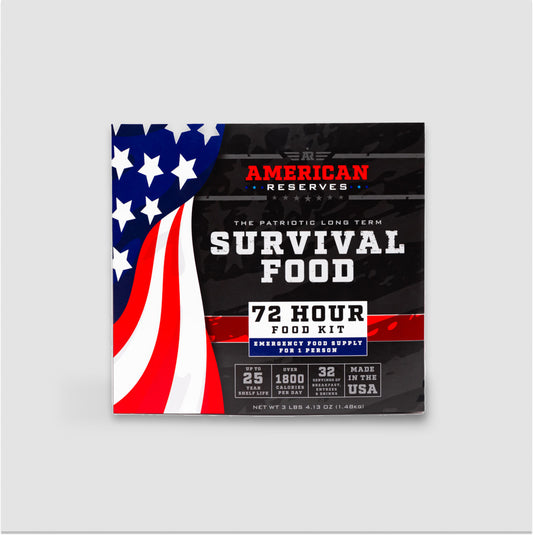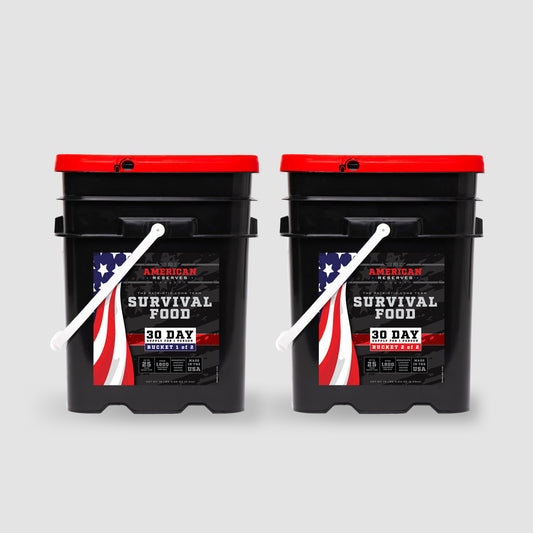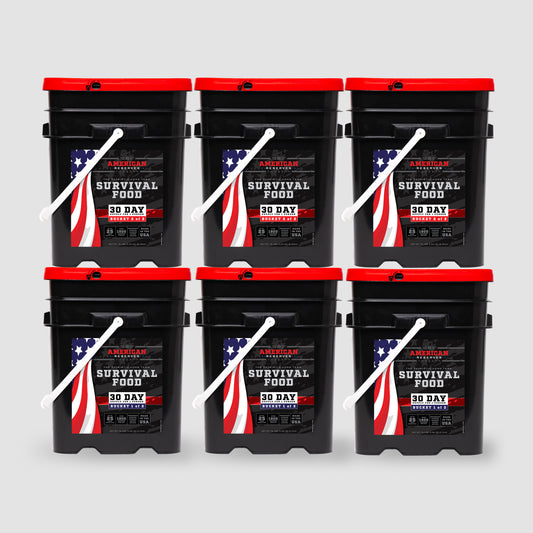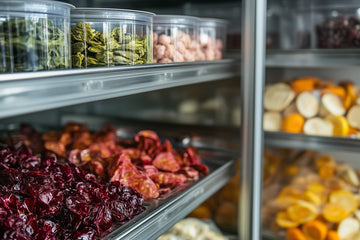
How Does Freeze Drying Work: Step-by-Step
Imagine having access to nutritious, long-lasting food that’s lightweight and easy to prepare, no matter where you are. Whether you're a survivalist building an emergency stockpile, an outdoor adventurer seeking convenient meal options, or a busy parent striving for quick, healthy solutions, freeze-drying offers a remarkable solution. This article delves into the fascinating process of freeze-drying, explaining each step and highlighting how it can revolutionize your approach to food storage and preparation.
What Is Freeze Drying?
Freeze drying, also known as lyophilization, is a sophisticated food preservation method that involves freezing the food and then reducing the surrounding pressure to allow the frozen water in the food to sublimate directly from solid to gas. This process effectively removes moisture while preserving the food's structure, flavor, and nutritional content. By maintaining the integrity of the food, freeze-drying extends its shelf life significantly without the need for preservatives, making it an ideal choice for long-term storage, outdoor adventures, and quick, nutritious meals.
How Does Freeze Drying Work
Step 1: Freezing
The first step in the freeze-drying process is freezing the food at extremely low temperatures, typically between -40°F and -50°F. This rapid freezing process ensures that the water within the food forms small ice crystals, which helps preserve the food's cellular structure and nutritional content.
Step 2: Primary Drying (Sublimation)
Once the food is completely frozen, it undergoes primary drying, also known as sublimation, typically facilitated by a condenser to collect the sublimated vaporized water. During this phase, the pressure around the food is significantly reduced, and heat is gently applied. This causes the ice crystals to sublimate, turning directly from solid to vapor without passing through the liquid phase. This step removes about 95% of the water content.
Step 3: Secondary Drying (Desorption)
After sublimation, the food still contains some residual moisture. Secondary drying, or desorption, involves raising the temperature slightly to remove the remaining water molecules bound to the food, while ensuring effective adsorption of any atmospheric moisture post-process. This step ensures that the final moisture content is extremely low, typically around 1-4%, which is crucial for long-term preservation.
Step 4: Sealing and Packaging
The final step in the freeze-drying process is sealing and packaging the dried food in airtight containers to protect it from moisture and oxygen. Proper packaging is essential to maintain the food's shelf life and quality. Vacuum-sealed bags or containers with oxygen absorbers are commonly used to ensure the food remains stable and ready for use whenever needed.
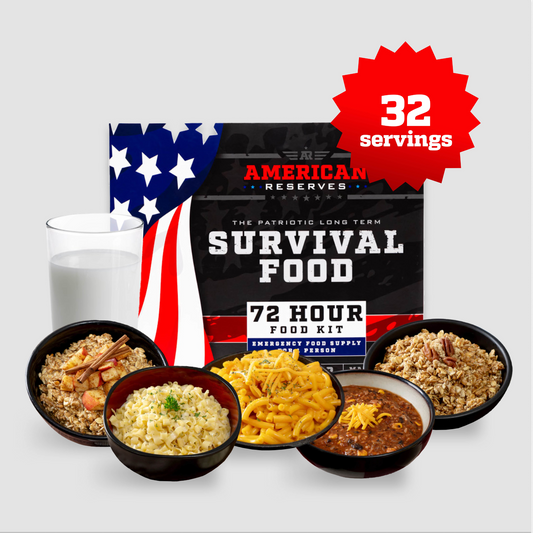
72 Hour Emergency Food and Drink Supply - 32 Servings
$36.99
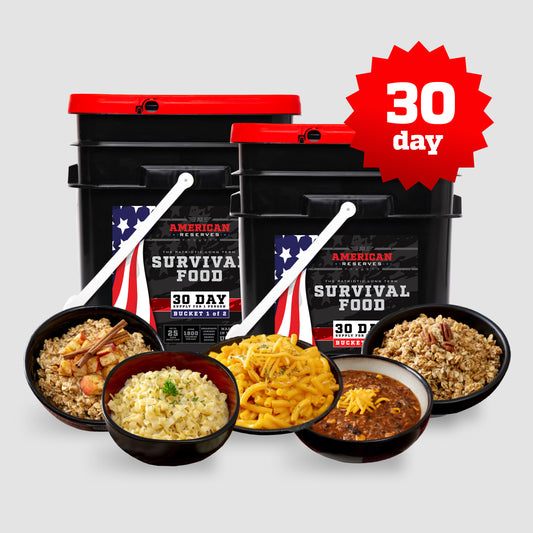
30 Day Emergency Food Supply
$319.99
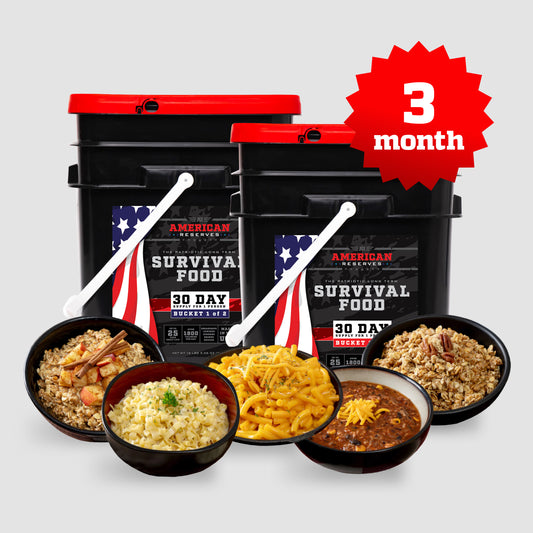
3 Month Emergency Food Supply
$835.00
Does Freeze Drying Affect The Taste, Texture, or Color Of The Food?
Freeze drying has a minimal impact on the taste, texture, and color of food, making it a preferred method for preserving the original qualities of various foods. By removing moisture through sublimation using a freeze dryer, freeze drying retains the food's natural flavors and nutritional content, ensuring that it tastes almost as fresh as the day it was preserved. The process also maintains the food's structural integrity, resulting in a texture that rehydrates well and closely resembles its original state. Additionally, because freeze drying occurs at low temperatures, it prevents significant color changes, preserving the food's visual appeal. This combination of benefits makes freeze-dried food an excellent choice for long-term storage, outdoor activities, and convenient, nutritious meals.
How Is The Water Removed From The Food While It’s Still Frozen?
The water is removed from the food while it’s still frozen through a process called sublimation, which occurs during the primary drying phase of freeze drying. In this phase, the frozen food is placed in a vacuum chamber of a freeze dryer, where the pressure is significantly reduced. Gentle heat is then applied, causing the ice within the food to transition directly from a solid state to a vapor without passing through the liquid phase. This vapor is then removed from the chamber, effectively causing dehydration of the food while preserving its structure, flavor, and nutritional content. Sublimation is key to maintaining the food's integrity and extending its shelf life.
What Is The Shelf Life Of Freeze Dried Food
The shelf life of freeze-dried food is remarkably long, often ranging from 25 to 30 years when stored properly. This extended shelf life is primarily due to the removal of nearly all moisture, which inhibits the growth of bacteria, mold, and yeast that typically cause food spoilage. Additionally, the food is usually packaged in airtight containers with oxygen absorbers, further protecting it from environmental factors that could degrade its quality. This makes freeze-dried food an ideal option for emergency preparedness, long-term storage, and ensuring a reliable supply of nutritious meals for years to come.
How Long Does The Primary Drying Phase Take?
The primary drying phase, or sublimation, typically takes anywhere from several hours to a few days, depending on various factors such as the type of food, its water content, and the thickness of the food pieces. During this phase, the majority of the water removal from the food occurs as the ice sublimates directly into vapor under reduced pressure and controlled temperature conditions within a freeze dryer. The duration of this phase is crucial, as it ensures that the food is adequately dehydrated while maintaining its structural integrity and nutritional value. Properly managing the primary drying phase is essential for achieving high-quality freeze-dried food with an extended shelf life.
What Foods Cannot Be Freeze Dried?
- High-Fat Foods: Butter, oils, and fatty meats do not freeze dry well because fats do not sublimate and can turn rancid over time.
- High-Sugar Foods: Honey, syrup, and other high-sugar items can become sticky and difficult to handle due to their hygroscopic nature, which attracts moisture from the air.
- Certain Dairy Products: Milk, cream, and other high-fat dairy products can pose challenges due to their fat content and texture.
- Alcoholic Beverages: Alcohol does not freeze well and can interfere with the freeze-drying process.
- Soft Cheeses: Cheeses with high moisture content and fat, such as cream cheese and ricotta, do not freeze dry effectively in a freeze-dryer.
How Do You Know When The Food Is Fully Freeze Dried?
Determining when food is fully freeze-dried involves monitoring several key indicators to ensure that all moisture has been effectively removed. One common method is to measure the weight of the food before and after the freeze-drying process; a consistent weight over time indicates that sublimation and desorption are complete. Additionally, visual inspection and texture assessment can help; fully freeze-dried food should be dry, brittle, and free of any cold spots or moisture. Advanced techniques, such as using moisture sensors or thermocouples within the freeze dryer, can provide precise data on the food's moisture content and temperature, ensuring that the process is complete. Achieving these conditions guarantees that the food is properly preserved and ready for long-term storage.
Conclusion
In conclusion, understanding the intricate process of freeze-drying reveals its immense value for anyone seeking reliable, long-term food preservation solutions. From preppers and survivalists to outdoor enthusiasts, health-conscious consumers, and busy professionals, freeze-drying offers a versatile and effective method to maintain the nutritional quality, taste, and texture of food while extending its shelf life significantly. By mastering the steps of freezing, primary drying, secondary drying, and proper packaging, you can ensure that your food remains safe, nutritious, and ready for any situation. Embracing freeze-drying not only enhances your food storage strategy but also provides peace of mind, knowing you have access to high-quality meals whenever you need them.
Final Thoughts
Leveraging unmatched survival expertise and the finest locally sourced ingredients from across the USA, American Reserves provides emergency food supply kits that offer crucial nutrition when you need it most. These kits are your essential solution for any emergency. Depend on the trusted quality of American Reserves to prepare with assurance for any scenario!
Sources
